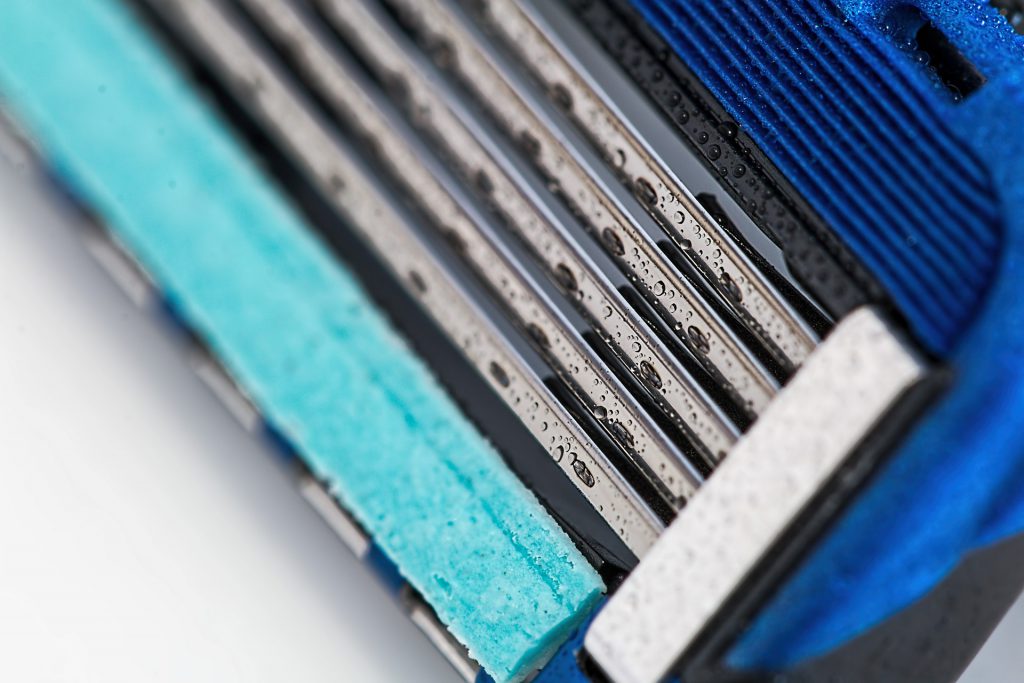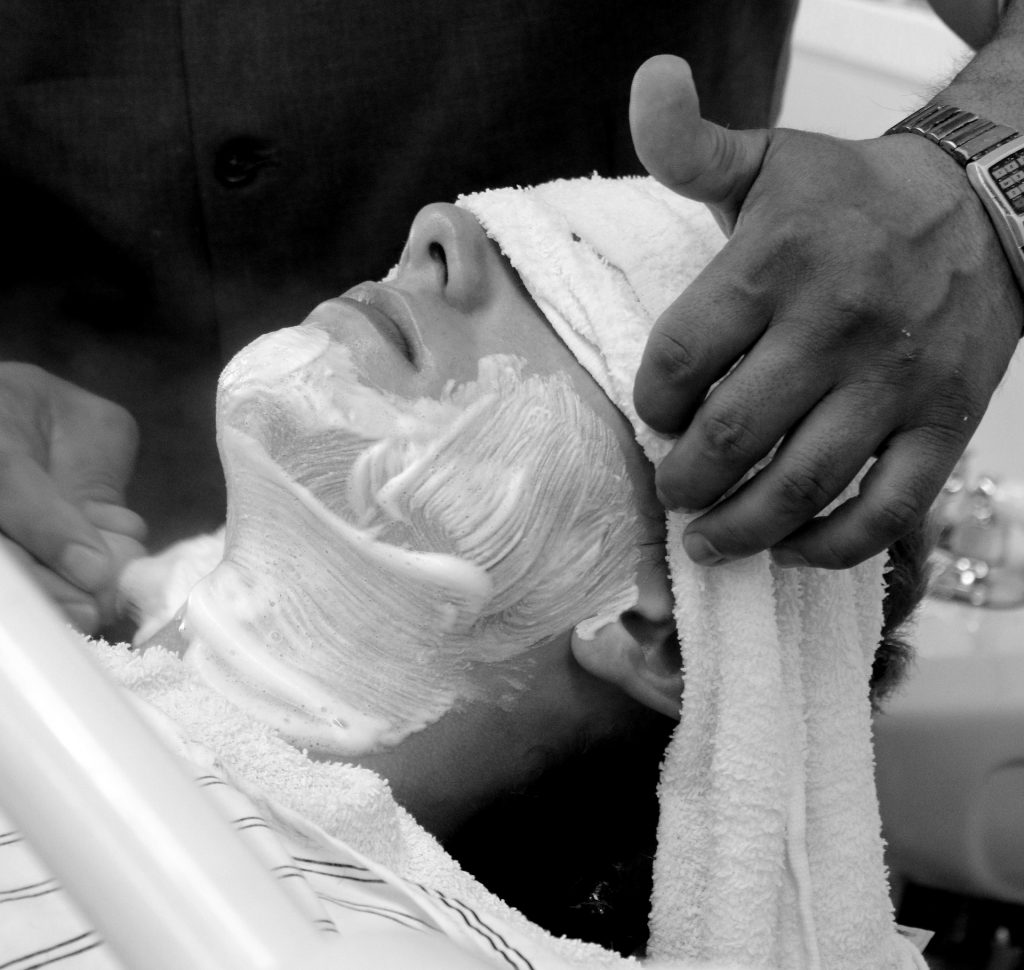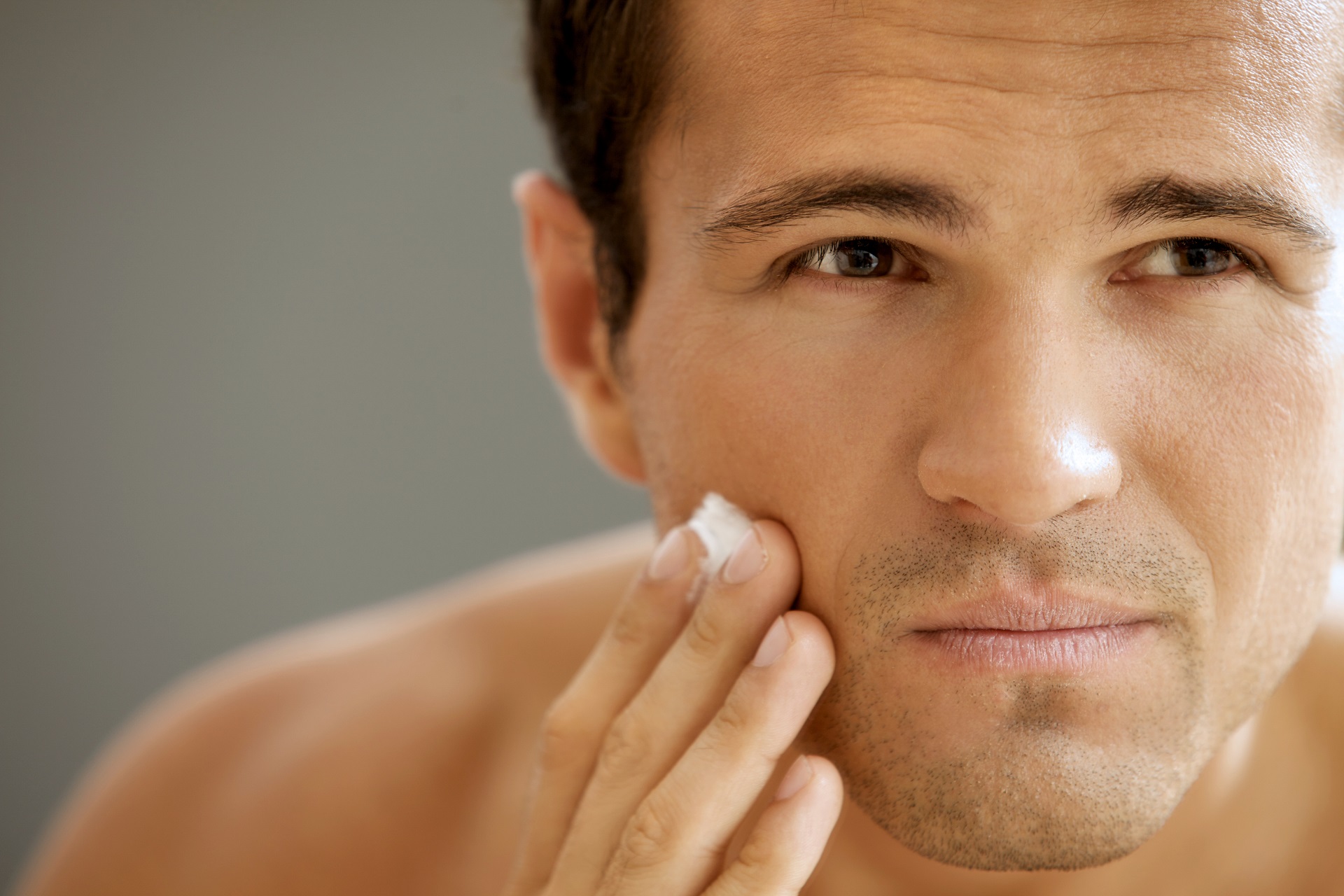When it comes to shaving, it’s not always the cleanest outcome. One of the most common issues men face are razor bumps. Razor bumps are essentially ingrown hairs. As the hair is cut and exits the skin, it can curl back and start growing inwards. This result is an inflammatory reaction which causes a small red lump to form. These lumps are known as “razor bumps.”
While there are a number of reasons for why you razor bumps can occur, there are also a few preventative measures to help lessen the condition.
Razor Bumps Explained
The main culprit behind razor bumps is the act of shaving itself. Shaving can result in a persistant inflammation known as “pseudofolliculitis barbae” or PFB.
If we break this word down we can start to see the meaning:
- pseudo = false
- follicle = hair
- itis = inflammation
- barbae = of the beard
However, the common phrase used to describe the condition is simply razor bumps.
The most common place razor bumps occur is on the face of males. However the condition can also affect other parts of the body like the legs or pubic region. Razor bumps that affect the pubic region are known as “pseudofolliculitis pubis” or PFP.
Razor bumps start to appear after shaving, when the hair is starting to grow back. The typical growth pattern for hair is to come straight out of the follicle. However, for people with curly hair, it can grow and curl back into the skin. This results in a red, itchy mess.
For some people the razor bumps can be so severe that they resemble an acne outbreak where inflamed papules and pustules form on the infected skin.
Preventing razor bumps is important. People who have to shave often will only make the problem worse too. Let’s take a look at how to prevent razor bumps from occurring.
How to Prevent Razor Bumps
Treating razor bumps can vary from person to person. For instance some people find success with shaving powders or through the use of certain razors and shaving equipment. Some of the most common ways to prevent them include:
Type of Razor

Often times preventing razor bumps is as simple as picking a better razor. Typically, cheap disposable razors won’t offer the best shaving experience. Some men prefer using a single blade razor or a wire-wrapped blade to help avoid skin irritation from the close shave.
Regardless of the razor being used, it’s recommended that you change blades after every 4-5 shaves.
Hair Removal Treatments
People who aren’t allowed to grow out their facial hair may have to turn to more aggressive options like hair removal treatments.
Using methods like electrolysis or laser hair removal is expensive, but it helps lessen the risk of razor bumps. If you’re lucky, your insurance may even cover the cost.
There are also exfoliating products that aim to reduce the risk of razor bumps.
Grow Out Your Hair
Growing out your beard is an effective way to combat razor bumps. Once the hair reaches an undesirable length, simply trim and maintain. The hair won’t run the risk of growing back abnormally as the follicle is already protruding the skin.
Hydrocortisone Creams
A mild strength hydrocortisone cream applied to the razor bump affected skin can help prevent further damage from PBF. It has a similar anti-inflammatory affect to that of witch hazel, but much stronger.
With that said if you’re after a more natural remedy, witch hazel can also be effective. It has natural antiseptic properties to help reduce inflammation.
Your Shaving Habits
Avoid shaving every day. Try shaving every other day to help avoid an outbreak of razor bumps.
When you shave, it’s also important to avoid going against the grain. You should also avoid stretching the skin.
Hot Compress

If you prefer to use a blade, you should soften your hair and open your pores with a hot, wet washcloth for 5 minutes before you start shaving. This allows the trapped hair to become free.
Pre-Shave Options
Before a clean shave you should first soften the skin. Luckily there are a number of products that help with this. The shave gels are usually labelled for “sensitive skin.”
You could also use a facial scrub to help prepare the skin. Look for products that offer a decent level of pH balance and containing antibacterial agents.

